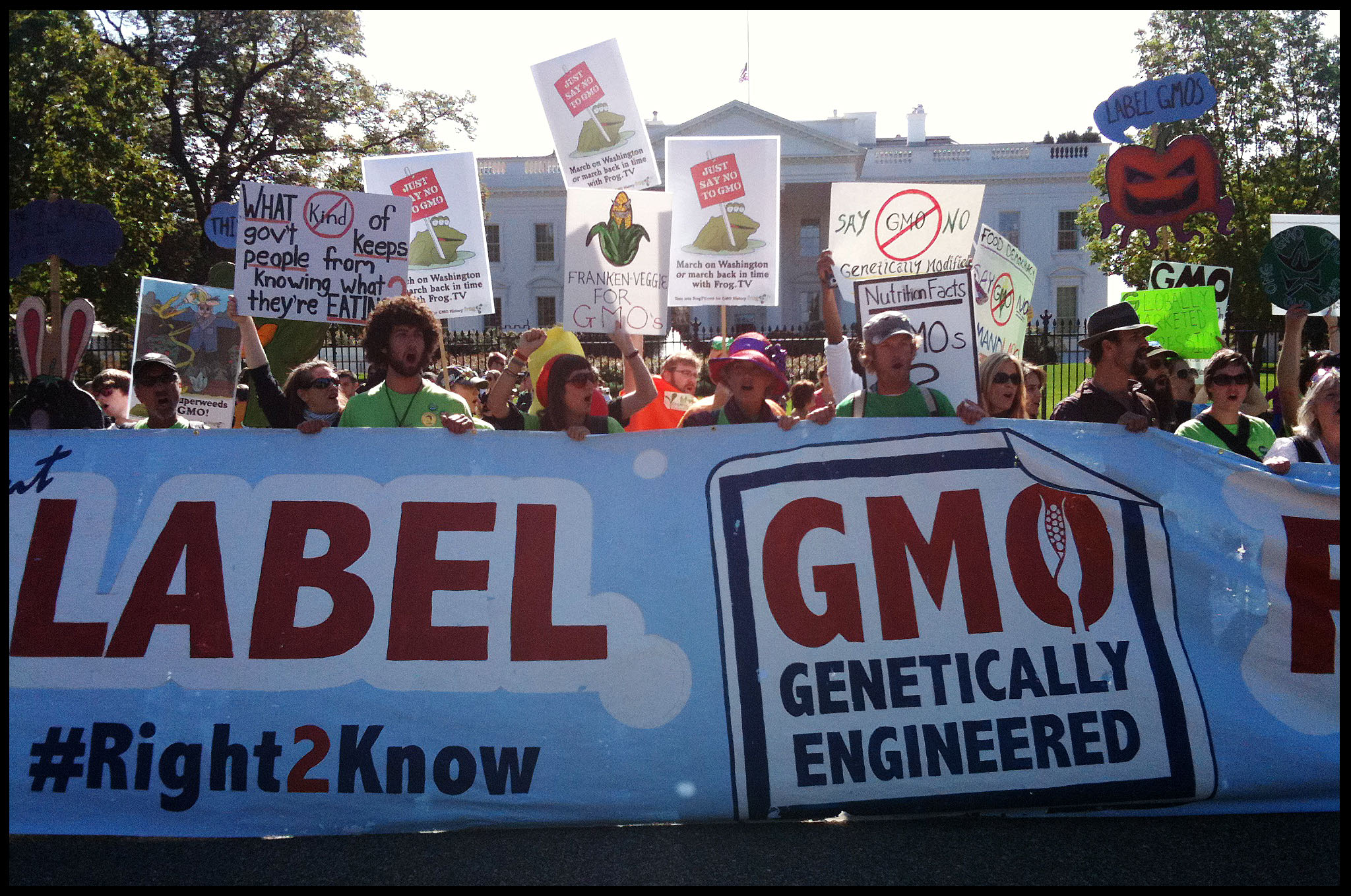Economic Impacts
Figure 1C: Return on Investment of GM Crops in 2014 (Image Citation 1C)
The introduction of GM crops has undoubtedly aided in reducing production costs for both poorer and richer farmers alike. With the use of genetic engineering, new opportunities for much higher yielding crops have been created. Ranging from “Insect-resistance” to “Flood Tolerant”, the myriad of new opportunities are endless. With the increased chances of survival that comes with genetic engineering, farmers are able to reap much greater harvest regardless of the environmental conditions. Moreover, the reduced use of pesticides has introduced amplified cost savings.
Reports have found that for each dollar invested in GM crops in 2014, farmers can earn a revenue of up to $3.59. This amount was larger for developing countries at $4.42 for each dollar invested in GM crops. Moreover, during the period of 1996 to 2014, farmers have experienced significant increase in harvest following the use of GM crops. Corn farmers experienced a 13 percent increase in yields , while cotton farmers experienced 17+ percent yield gains as compared to conventional farming. As such, we can see that the introduction of GM crops has significant positive economic impacts globally. (Text Citation 1C)
Social Impact

The introduction of GM food has resulted in many mixed opinions from individuals. One important issue that is constantly discussed is the need for GM food to be labelled. While some individuals believe that it is the basic human rights for individuals to know what food they are eating, others believe that consumers tend to abstain from GM foods once they are made aware. In some extreme cases, some has even gone as far as to protest for the labeling, no matter how minute the genetic modification. Experts has forecast that the society’s capacity to feed an estimated world population of 9 billion by 2050 will be almost impossible without genetic engineering. Thus, the use and consumption of GM food till this day, is still greatly being debated upon despite the visible benefits it has brought in our modern society. (Text Citation 2C)
Environmental Impacts
The use of GM technology has both positive and negative implications on the environment.
Positive implications
Cultivating crops with GM technology had minimized the use of insecticides significantly. Taking cotton for example, it requires substantial amount of pesticides to protect them against bollworm. About 2.5% globally of the cultivatable land is used for cotton farming however, this activity is accounted for 16% of the world’s insecticide use. Recent studies shown that 48.3% of the insecticides used in cotton farming was reduced after producing cotton with GM technology. (Text Citation 3C)

Moreover, with proper agricultural practices, the health of the soil is less affected and will not erode easily. In the cultivation of the herbicide-tolerant crops, farmers can adopt no-till farming. This means that the soil is loosened instead of turning over. Hence, it is less likely the fertile soil will be blown away by the wind or washed away due to heavy rain. It is also believed that the infrequent use of machine tillage can greatly reduce the amount of fuel consumption, therefore lesser emission of carbon dioxide. (Text Citation 3C)

Negative implications
Some research studies have shown that GM crops have harmful effects on non-target organisms such as bees and butterflies. These insects are responsible for pollination and without them, there will be a decline in our global food production. In one of the studies, glyphosate (a key ingredient in Monsanto’s Roundup herbicide) can possibly inhibit the bee’s learning behavior and result in deterioration of the species’ performance in the long run. Even though the bees do not die instantaneously, they could bring the chemical back to their hive and the larvae will be in contact with it. Consequently, the colony’s efficiency might be greatly reduced. (Text Citation 4C)
Another harmful effect is that a lot of the GM Bt crops discharge toxin from their roots into the soil. The toxin in the soil will cause the depletion of minerals and beneficial bacteria, which can protect the crops against other pests and viruses. In addition, these toxins will flow into the rivers and streams, where the aquatic ecosystem is exposed to the toxins. Toxins present in the water bodies may exterminate the stream insects and the mortality of the predators for these insects will increase, which in turn disrupting the aquatic life. (Text Citation 5C)

Health Concerns
Bt-toxins are believed to be harmful to human and animals as we might consume it. This also raised issues on allergies and other diseases which are correlated to Bt-toxins. A study found that when mice were fed with natural Bt-toxins, they had allergic reactions towards food that were previously harmless. Another incident occurred when the farmers in India had allergic reaction when farming Bt cotton. (Text Citation 6C)

Figure 6C: Farmers suffering allergic reaction from Bt cotton (Image Citation 6C)
Besides, there is a controversy that there are no clinical trials on GM food. The only experiment on human showed that the genetic material found in the GM food becomes functional bacteria which will stay within our intestines. Hence, some assumed that the bacteria may cause illnesses which are highly resistant to antibiotics. (Text Citation 7C)

